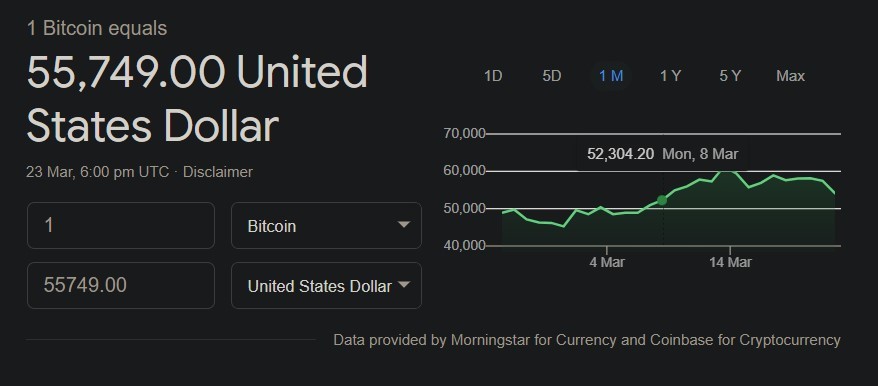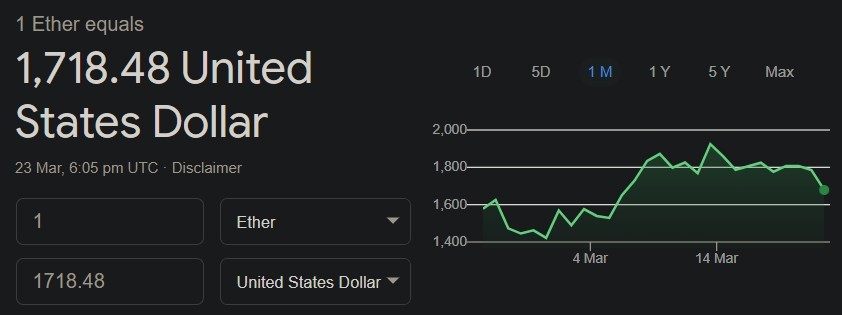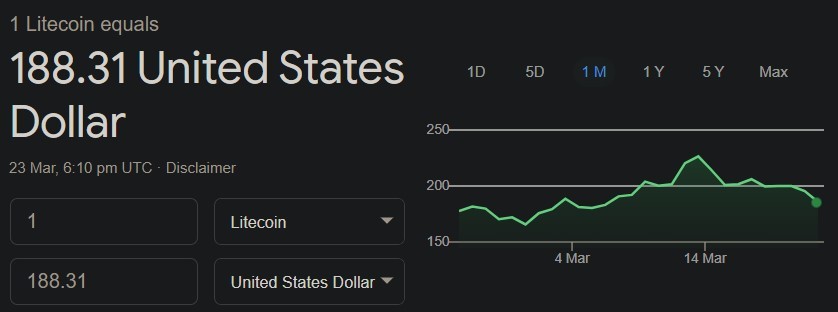In layman language, cryptocurrencies can be understood by two words cryptography and currencies. Let’s understand both of the words one by one.
Cryptography: This is a technique which is used in protecting information and communications through codes. So that only sender (who is sending the information) and receiver (who is receiving the information) would be able to communicate.
Currency: Currency has its own uniform and unique history. From the era of barter system to digital transactions (barter system, metallic coins, paper currencies, credit cards & debit cards), currency system evolved itself. Currency is a medium of exchange for goods and services.
A cryptocurrency can be defined as a secured digital currency, which uses cryptography and can be used as an exchange online for goods and services. It can also be treated as digital tokens.
Nowadays, many companies have launched their own cryptocurrencies or they have adopted other’s, and these cryptocurrencies are trading within the respective company as an exchange of goods and services. Now let’s have a look at, some wealthy and authentic people’s perspectives.
Some Negative Perspectives

This statement was given by famous, and one of the richest persons of the world (Mr. Warren Buffet) on 5 May, 2018. Who is also the CEO of Berkshire Hathaway. But, why did he give that statement?
According to him cryptocurrencies is just a buzz word and people are just buying them because they believe that it will be used within future. There is no meaning of investing.

These are some negative perspectives know let’s talk about the history and birth of BITCOIN.
History of Exchange and Cryptocurrencies:
- At ancient era, people used to exchange goods and services through barter system. Within barter system, a person used to give an amount or number of goods or provided service to another person, and same happens with others. But it was too difficult to trade within this system, because there was no common currency through which could buy whatever they wanted to.
- After centuries, people started trading with precious or simple metallic coins. It was regulated by the monarchy or the king who used to rule within dynasty. Then after 16th century, paper currencies were introduced and everything become centralized.
- Privatization, globalization and liberalization were introduced within many countries. Within 19th century, a large number of cashless transactions were done via credit and debit cards.
Birth of Cryptocurrencies
- Within late decades of 19th century, David Chaum introduced Digicash, Nick Szabo described bit gold.
- After the global financial crisis (In 2009 AD), Bitcoin was introduced by a pseudo named user or develop Satoshi Nakamoto.
Architecture
1. Blockchain Technology: Blockchain is an immutable ledger or a data structure that holds transactions and track assets in a business network, while ensuring transparency, security, distribution and decentralization. Where an asset can be tangible (a house, car, cash, land) or intangible (Intellectual Property, patent, copyright, branding). This can be also called as soul of the Crypto system.
2. Digital Signature: it can be considered as a digital version of the ordinary handwritten signature, but with higher levels of complexity and security. It can also be understood as a code that is attached to a message or document. After generating, the code acts as a proof that the message has not been tampered with along its way from sender to receiver. There are two main components of digital signature.
Hashing: Hashing is one of the core components of digital signature. Hashing is done by hash functions; hash functions are those functions which convert any size of input message into a definite or fixed size output. These functions are special algorithms such as SHA-256.
Cryptography: Cryptography is another type of component, which is used in encryption and decryption methods. There are two types of Cryptography:
- Symmetric Key Cryptography: An encryption system in which the sender and receiver of a message share a single, common key that is used to encrypt and decrypt the message. The most popular symmetric–key system is the Data Encryption Standard (DES).
- Asymmetric Key Cryptography: Asymmetric key cryptography is also known as in Public Key Cryptography. It can be defined as the encryption process where different keys are used for encrypting and decrypting the information. Keys are different but are mathematically related, such that retrieving the plain text by decrypting ciphertext is feasible.
3. Consensus Algorithm: As we have gotten that blockchain architecture is cleverly designed, it’s each feature is linked with other features. Consensus algorithm is used in decision making process of a transaction for the group of nodes active on network. When a huge number of nodes are participating in validation process, an algorithm is necessary for a system to make the process smooth. It’s like a voting system, where majority nodes win over minority nodes. It’s consensus algorithm, which makes the whole blockchain system trust less.
There are several types of consensus algorithms, but most of them are:
- Proof of Work (PoW)
- Proof of Stake (PoS)
- Delegated Proof of Stake (DPoS)
- Proof of Authority (PoA)
4. Mining: A miner’s goal is to add individual blocks to the blockchain by solving sophisticated mathematical problems. This requires enormous computational and electrical power. While many miners complete to add each bock, the miner who solves the problem will actually add the block-along with its approved transactions-to the blockchain.
Main Cryptocurrencies (Bitcoin & Altcoins)
1. Bitcoin: Bitcoin is the first decentralized cryptocurrency, created by a pseudo person or a team Satoshi Nakamoto in 2009. It’s been around 12 years and Bitcoin has become the most known and valued cryptocurrency.

In 2021 AD, it has come to around USD 56k (as of March, 2021). Traders can easily either purchase Bitcoin through exchange, or can speculate on its price movement via CFDs.
Altcoins:
2. Ethereum: Ethereum is relatively new in the cryptocurrency world, it was launched in 2015. It works in a similar way as bitcoin network. Ethereum tokens are known as Ether. Instead of payment system, Ethereum basically prefers smart contracts. Where a smart contract is a computer program or transaction protocol which is intended to automatically execute, control or document legally relevant events and actions according to the terms of a contract or an agreement.

3. Bitcoin Cash: Bitcoin cash is the resultant cryptocurrency and payment network, created as the hard fork with Bitcoin in December 2017. A Hard fork occurs due to disagreement between two different mentalities or communities, usually regarding improvements of the software used within the network.

Bitcoin Cash is thus able to process transactions more quickly than the Bitcoin network, meaning that wait times are shorter and transactions processing fees tend to the lower. It can handle many more transactions with compare to BITCOIN Network can.
4. Litecoin: Litecoin is also one of the famous cryptocurrencies, Charlie Lee thought about Bitcoin network, he observed two main things that it did not have speed in transactions and was also expensive. So, he decided to make it as a faster and cheap cryptocurrency. On November 7, 2011, Bitcoin split in two. The hard fork created a new coin called Litecoin.

Although it takes less time with compare to Bitcoin, while Bitcoin takes 4 times more than it.
Powered by Froala Editor



